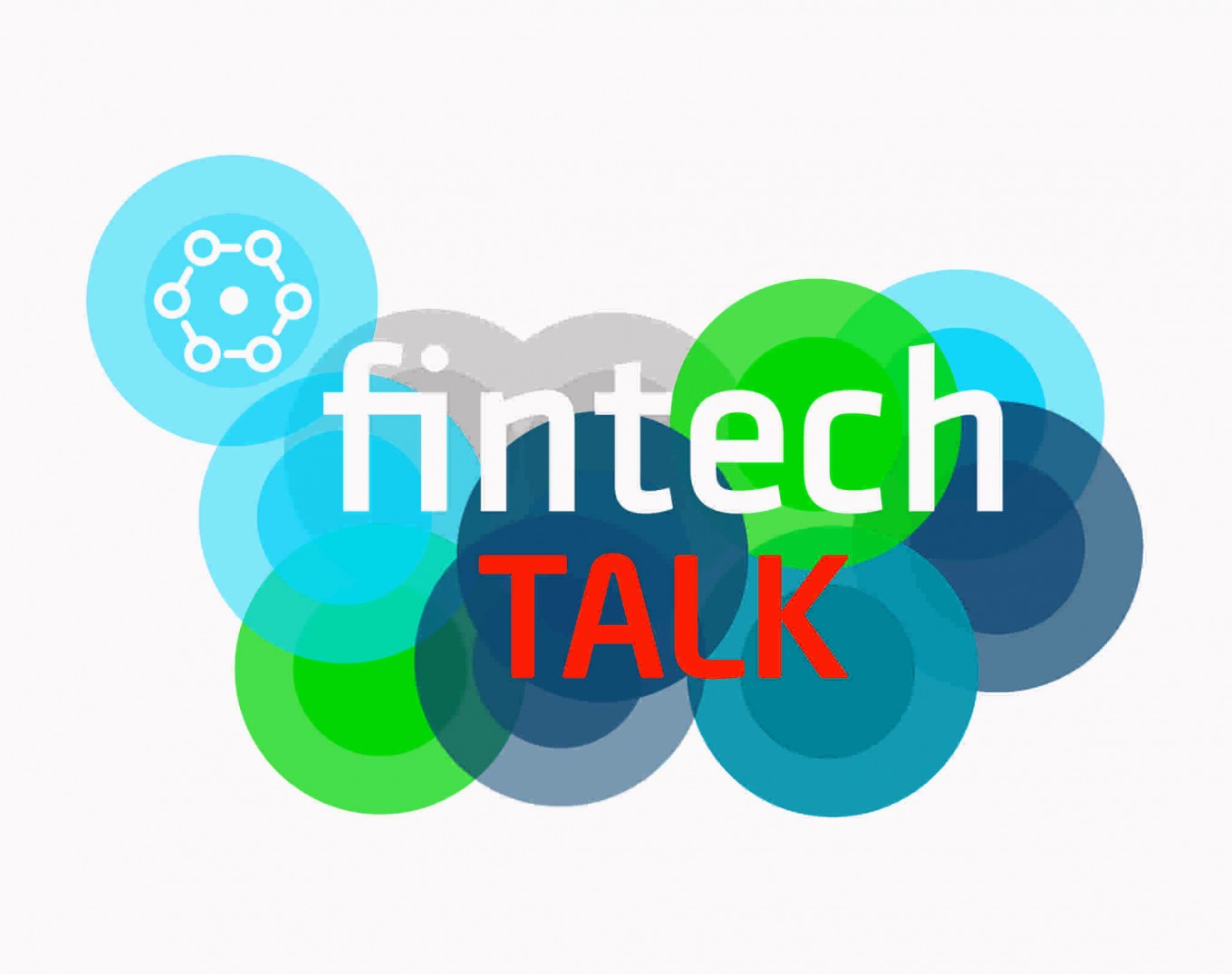Popular Reads
Top Results
Can't find what you're looking for?
View all search resultsPopular Reads
Top Results
Can't find what you're looking for?
View all search resultsBank-fintech synergy crucial to speed up financial inclusion
Change text size
Gift Premium Articles
to Anyone
T
hree years ago our team visited a community in Bogor, West Java, and had a dialogue with locals. At that time, we were preparing a prompt business model to increase financial access for people. We sought information on how the locals manage their finances and why they were not very interested in banks.
The majority of people told us they saved between Rp 10,000 (75 US cents) to Rp 20,000 every one or two days with a man who regularly collected this money from them. In general, they saved their money to welcome the Idul Fitri festivity, which for most Indonesians, is the most important religious event of the year. They did not keep their money at a bank because they had to pay for transportation to get to the bank.
If they could save Rp 1,000,000 before the holy day, they could withdraw a maximum of Rp 900,000 of the saved amount. The gap compensates for the transportation costs spent by the savings collector. Users of this service cannot obtain the full amount of their savings as well as any interest. These people understand the benefits of depositing money in banks, but the aforementioned savings model is considered the best solution in their neighborhood.
Another interesting finding is that these people borrowed money from the same savings collector. When they borrow Rp 500,000, they would only receive Rp 450,000. To pay the debt, they had to install Rp 20,000 daily payments within a 30-day tenure. This means that they were charged with an interest of Rp 150,000 for a Rp 450,000 loan, equal to a flat monthly interest rate of 30 percent.
This phenomenon is caused by limited access to formal financial services. The World Bank’s Global Findex Data in 2014 shows that about 64 percent of Indonesians 15 years of age or older do not possess a bank account. This mostly represents farmers, fisherfolk, small retailers, informal workers, students and housewives.
To enable access to financial services, the Financial Services Authority (OJK) launched in November 2014 the “branchless financial services” called Laku Pandai, as part of its effort to increase financial inclusion. Laku Pandai agents serve customers like a bank representative – they can open accounts for customers, accept deposits and serve withdrawals, besides accepting loan and insurance applications. People can obtain banking services without having to visit a branch office. All they need to do is to come to these agents, who most of the time are their own neighbors.
Although research reveals that the penetration rate of mobile phones has reached 92 percent, the figure for smartphones is still much lower at 53 percent. The broadband connectivity rate only stands at around 65 percent, meaning that not all smartphone users can access the internet. Based on 2013 data, only 31 percent of approximately 60,000 villages obtain strong cellular signals. In short, people with smartphones and broadband connectivity cannot directly use the internet.
This fact suggests that the solution to financial inclusion must fulfill at least two criteria. First, it is easily accessible not only via smartphones but also through feature phones. Second, it must be able to be accessed anywhere, including in areas where cellular signals are very weak.
Banks are actually in a strategic position to come up with innovations to address this issue. However, as the banking industry is heavily regulated, banks face challenges to implement breakthroughs flexibly. In contrast with banks, financial technology (fintech) can serve as an alternative to satisfy people’s needs for easy, fast and cheap financial services.
Some banks have tried to create a synergy with fintech to provide banking services that utilize mobile phones and agent networks. To reach a wider user base, including the people in the middle to low income brackets, banks prepare special technological infrastructure to guarantee high security standards. Customers can access their own accounts from a registered phone number (like a debit card) with a personal identification number (PIN) that they can change anytime to ensure secrecy.
All transactions are notified through short message service (SMS) instantly, so that both customers and agents can directly verify them. In the future, customers will be able to top off their mobile phone credit, pay electricity and water bills, purchase train tickets and so on.
Collaboration between banks and fintech companies can generate more service options that suit the needs of the customers. By teaming up with e-commerce startup Kudo, Laku Pandai agents can offer goods ranging from food to refrigerators to their customers, and they can receive additional income from sales commissions.
Another example of the synergy enables agents to support community economic empowerment through activities in group chats that bring in information pertaining to prices of agricultural commodities, training programs, etc.
Through synergy, both banks and fintech companies can create solutions to accelerate financial inclusion and ensure its sustainability by continuously providing alternatives to improve people’s welfare.
The writer is a product and customer experience head BTPN Wow! at Bank BTPN











